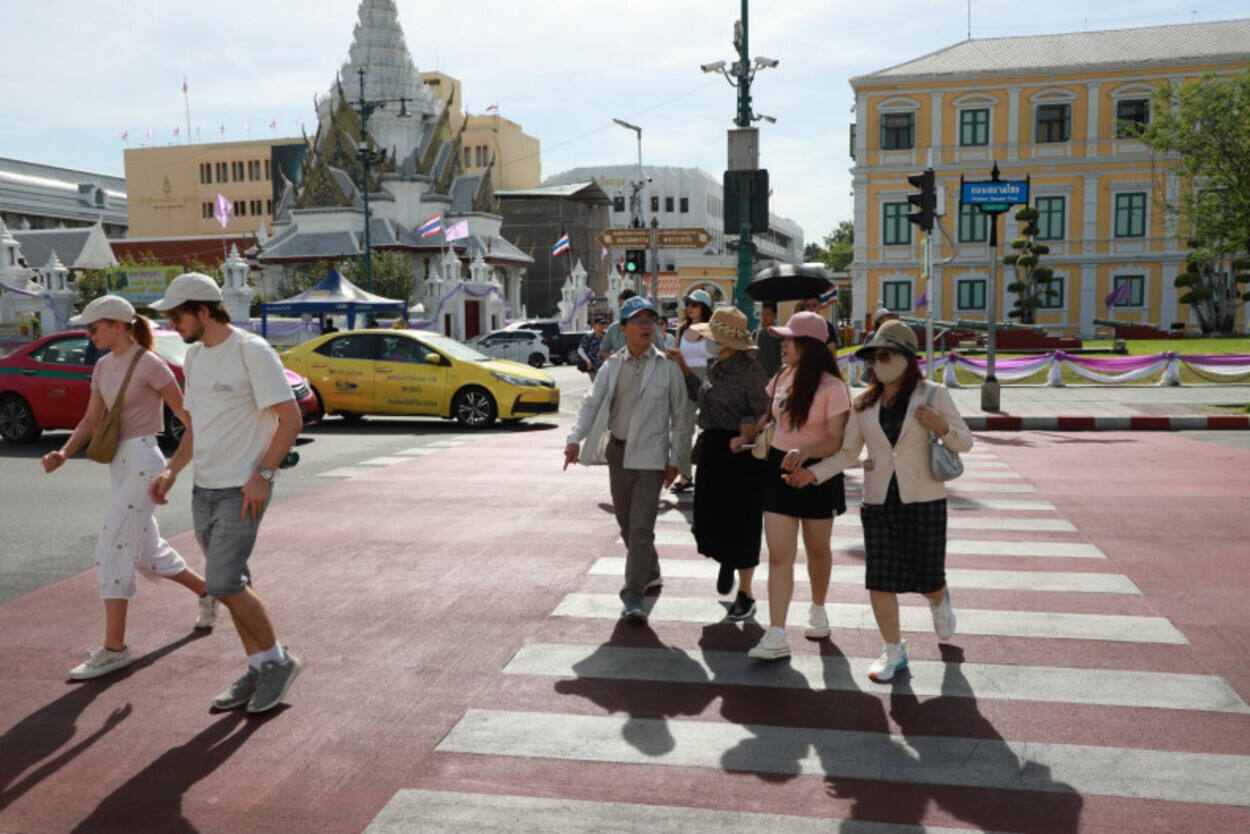The Tourism Authority of Thailand (TAT) has announced a revenue target of 2.8 trillion baht for 2026, aiming to position the country among the world’s top 10 in tourism income. The target reflects a strategic shift toward high-value, sustainable tourism, as outlined in a recent briefing to the Ministry of Tourism and Sports.
Tourism and Sports Minister Sorawong Thienthong confirmed that the TAT’s 2026 projection represents a 5% increase from this year’s goal. The growth strategy will prioritize “value over volume”, with 1.63 trillion baht expected from international tourists—an 8% rise—and 1.17 trillion baht from the domestic market, projected to grow by 3% based on an estimated 214 million domestic trips.
TAT Governor Thapanee Kiatphaibool said the agency intends to redefine the national tourism narrative under the theme “The New Thailand”. This approach focuses on attracting quality tourism, promoting regional economic distribution, developing tailored travel experiences, and advancing sustainable practices through multi-sector collaboration.
The projected revenue split will aim for 58% from international markets and 42% from domestic tourism. Short-term actions include market recovery measures and strengthening emerging inbound markets to support long-term resilience.
As of mid-July, TAT reported that short-haul arrivals had reached 12.1 million, down 13.1% from the previous year and just 42.8% of the 2025 target. Factors include lingering safety concerns, weak economic performance in China, and limited air travel capacity—currently at 78% of 2019 levels.
In contrast, long-haul arrivals totaled over 5.8 million as of July 13, marking a 14% year-on-year increase. TAT Deputy Governor Chiravadee Khunsub noted robust advance bookings from Europe, the Americas, the Middle East, and Africa, supported by the addition of direct and charter flights. However, the sector continues to face challenges such as global political instability, economic uncertainty, and rising competition from neighboring destinations.
In the broader regional context, several Asian countries are also seeing significant tourism growth. Between January and May 2025, Vietnam recorded a 21% rise in visitors year-on-year, followed by Sri Lanka at 15%, Japan at 24%, and China at 30%.
Senior TAT officials, including Pattaraanong Na Chiangmai and Chiravadee Khunsub, emphasized the need to address market perceptions and improve international connectivity to sustain Thailand’s competitive edge in the evolving global tourism landscape.



